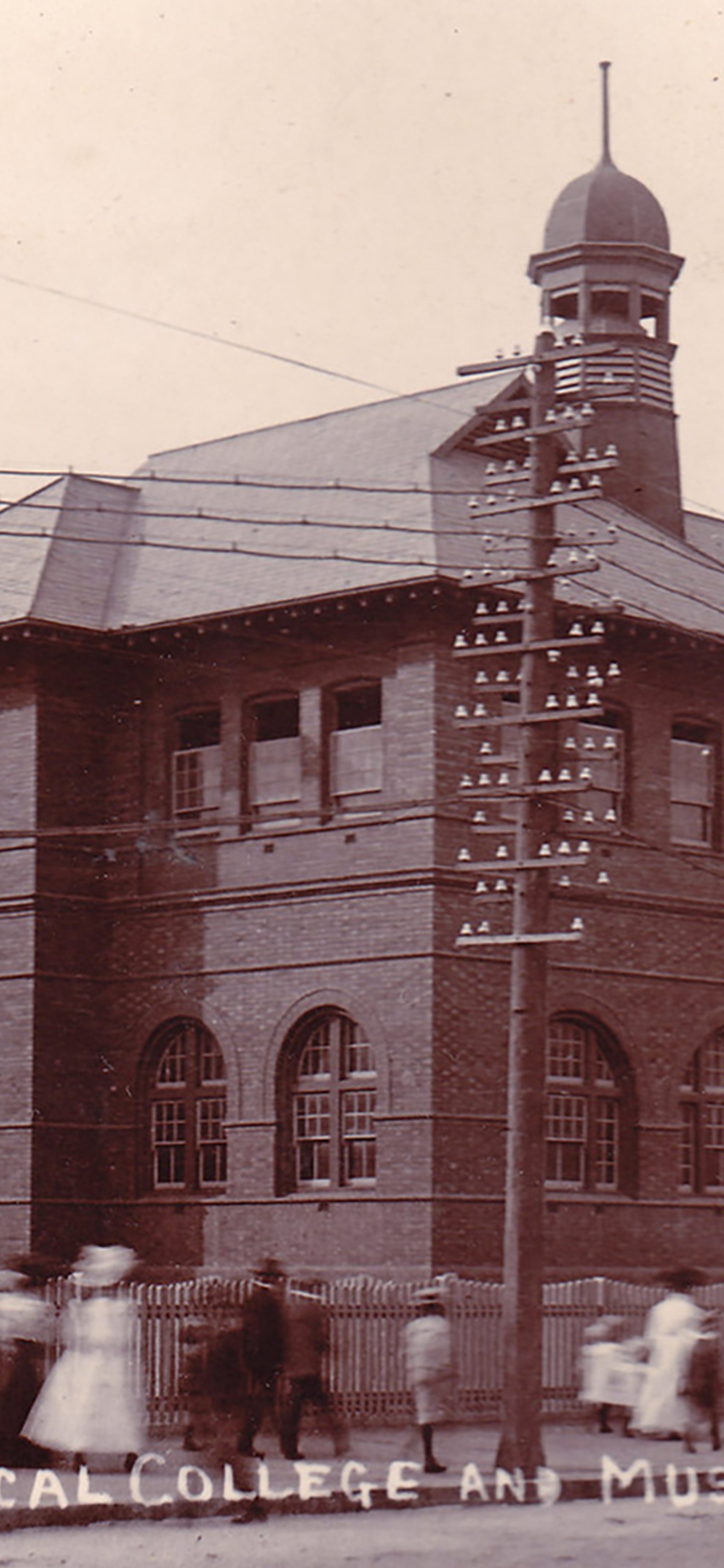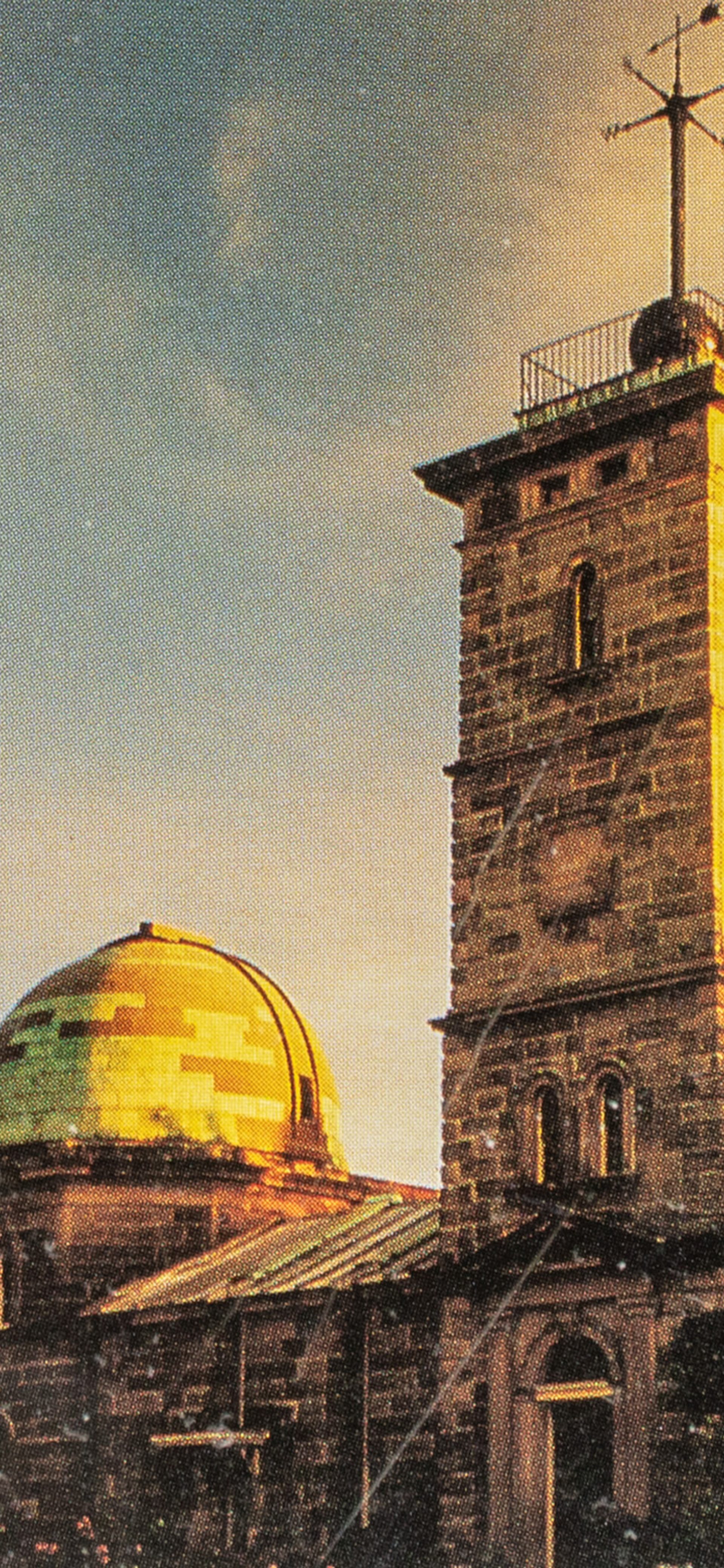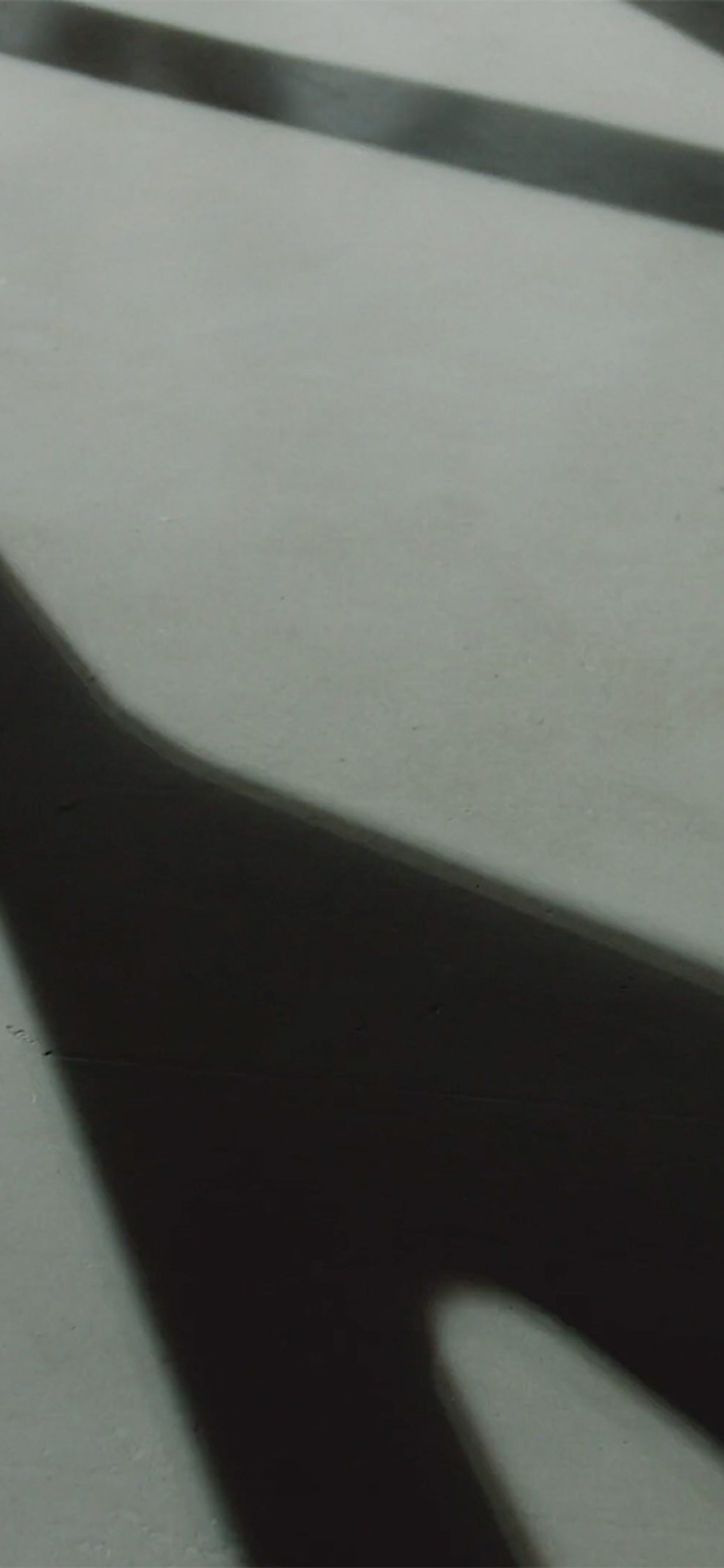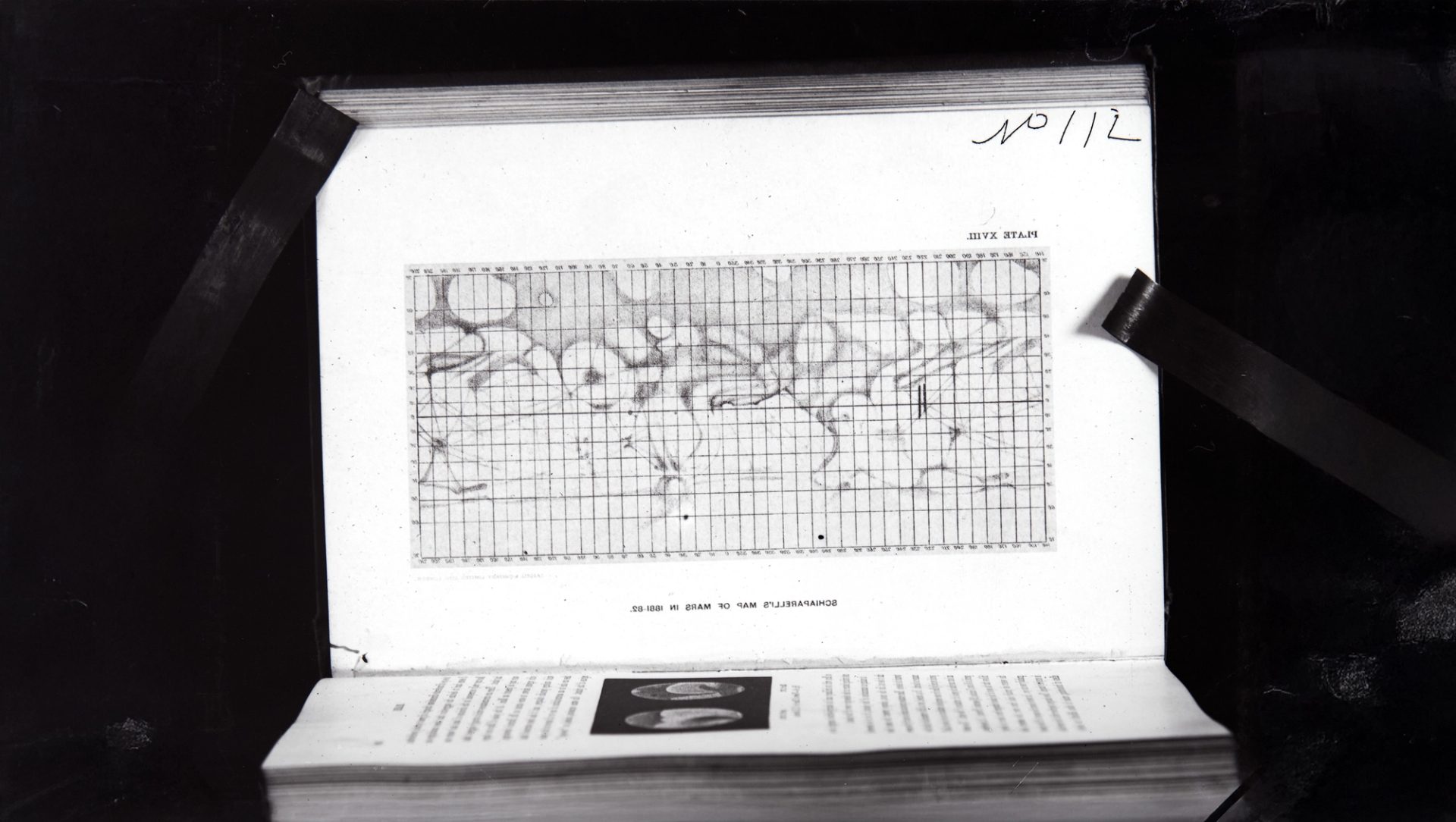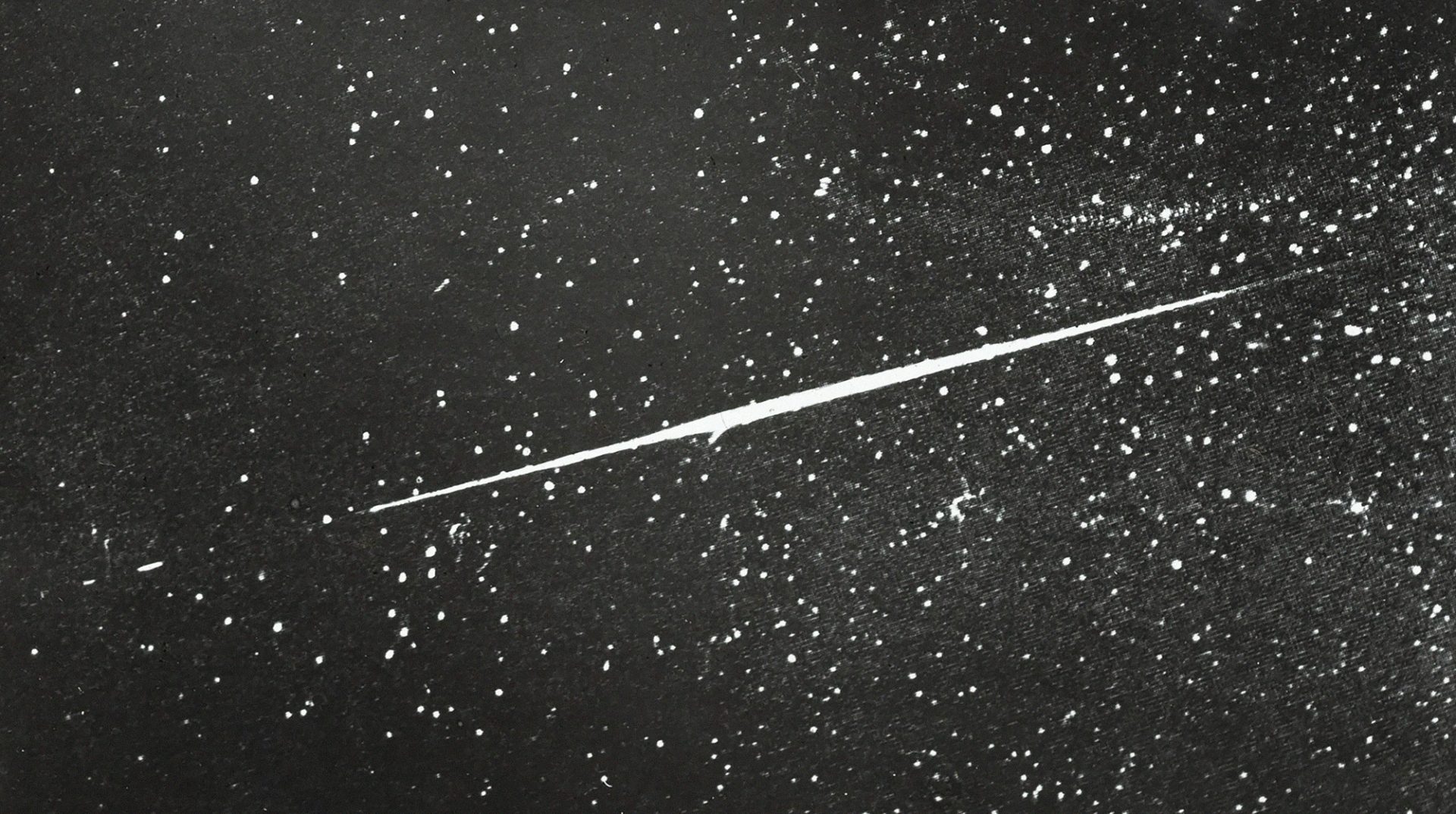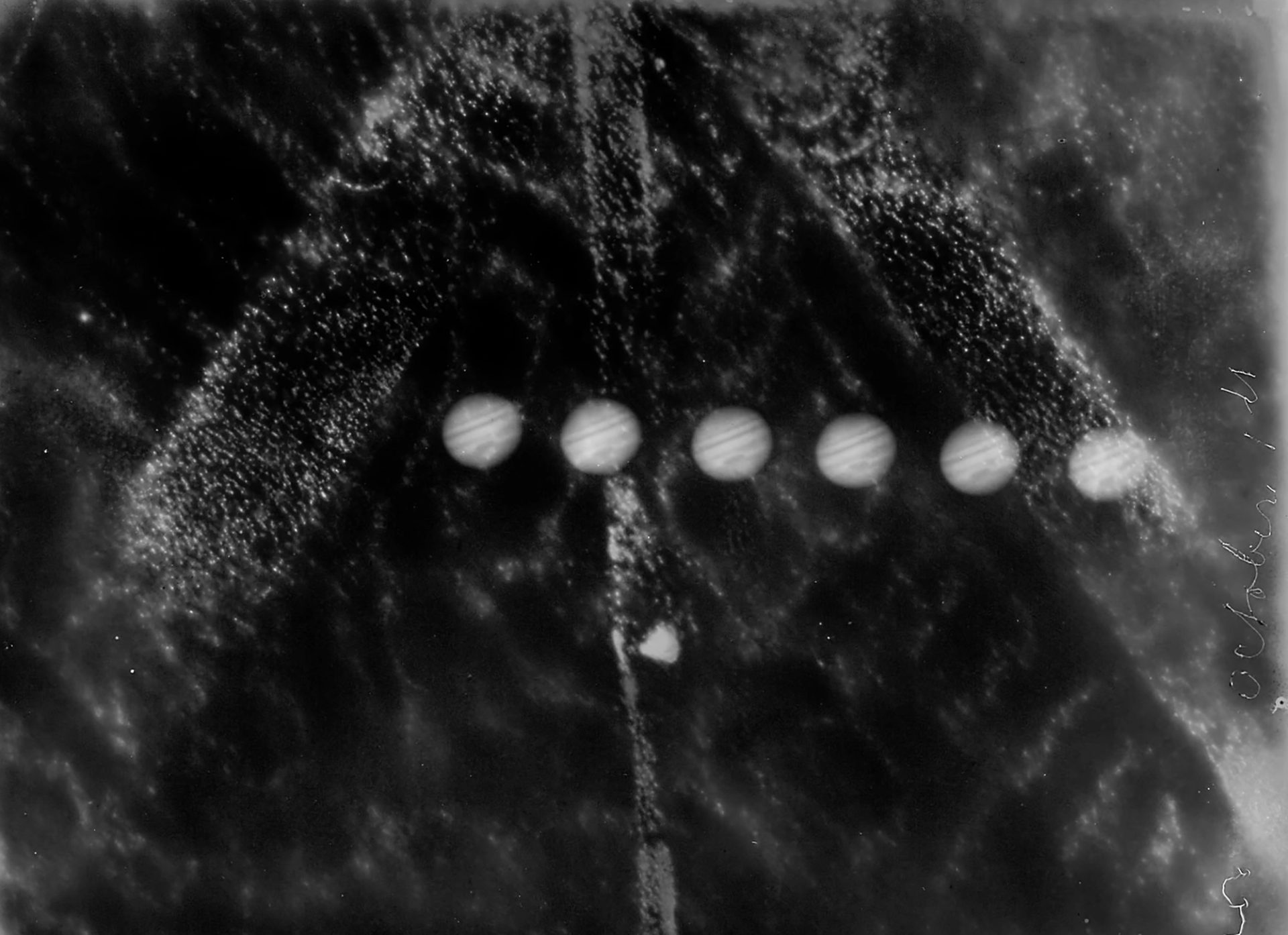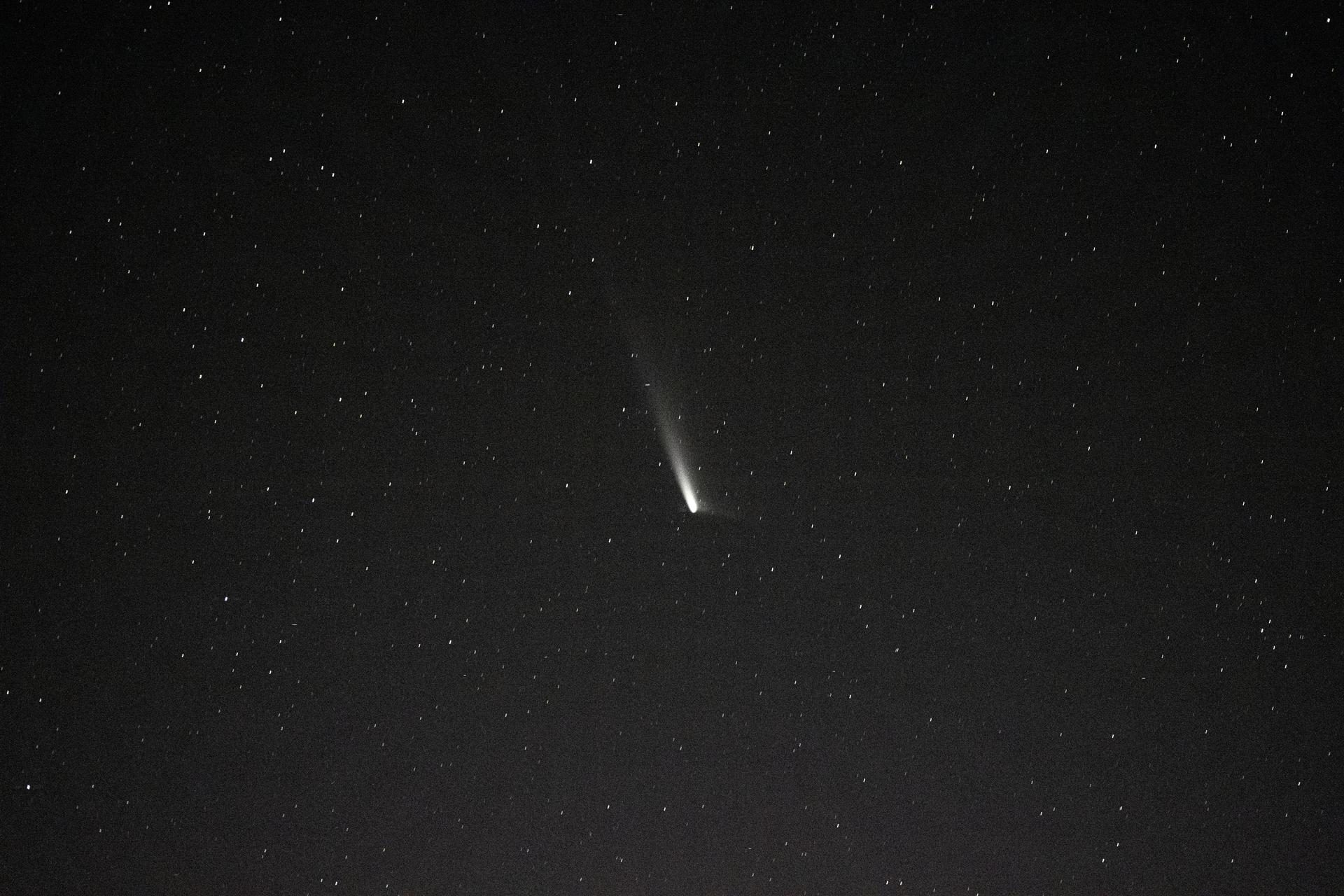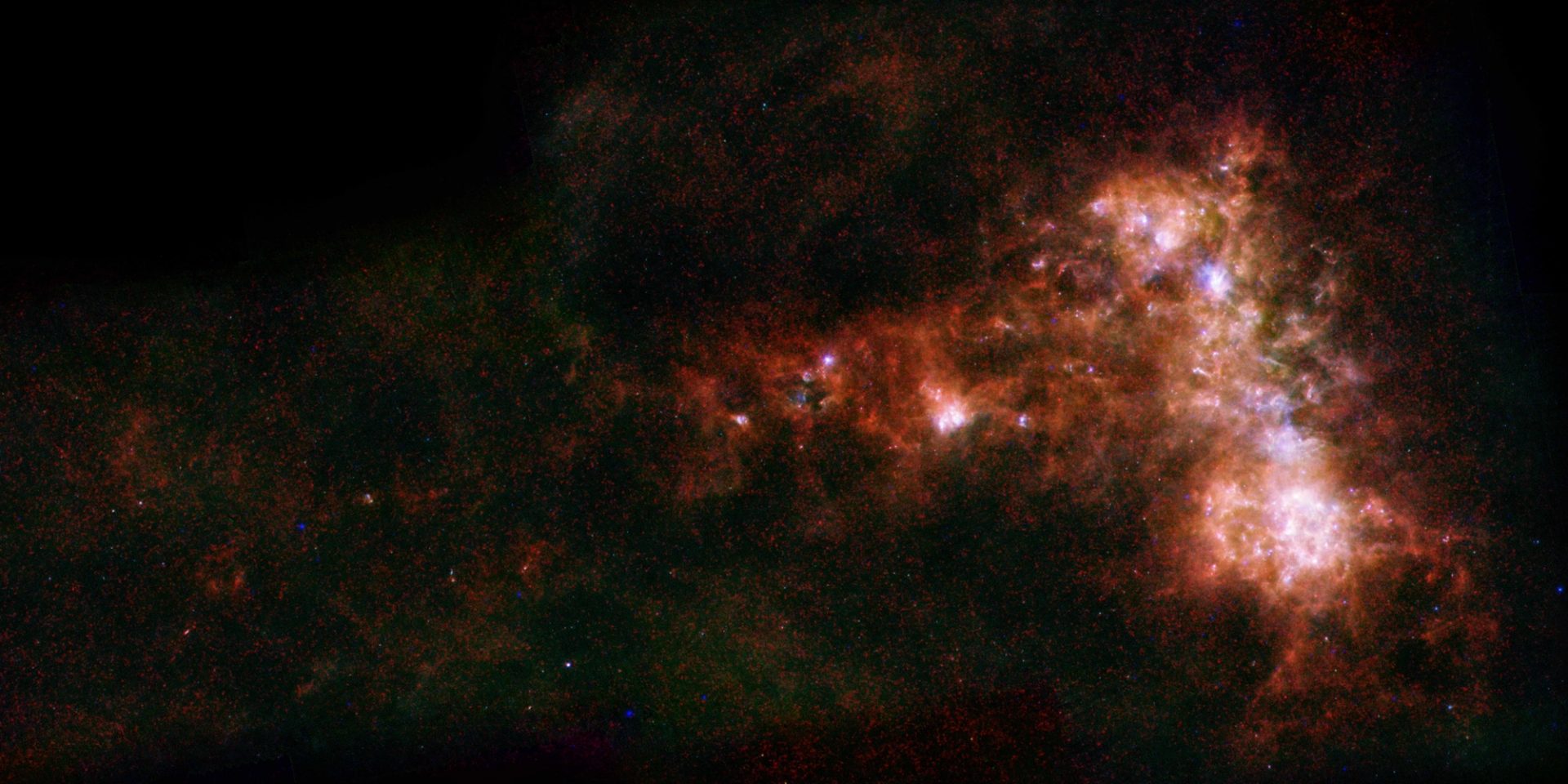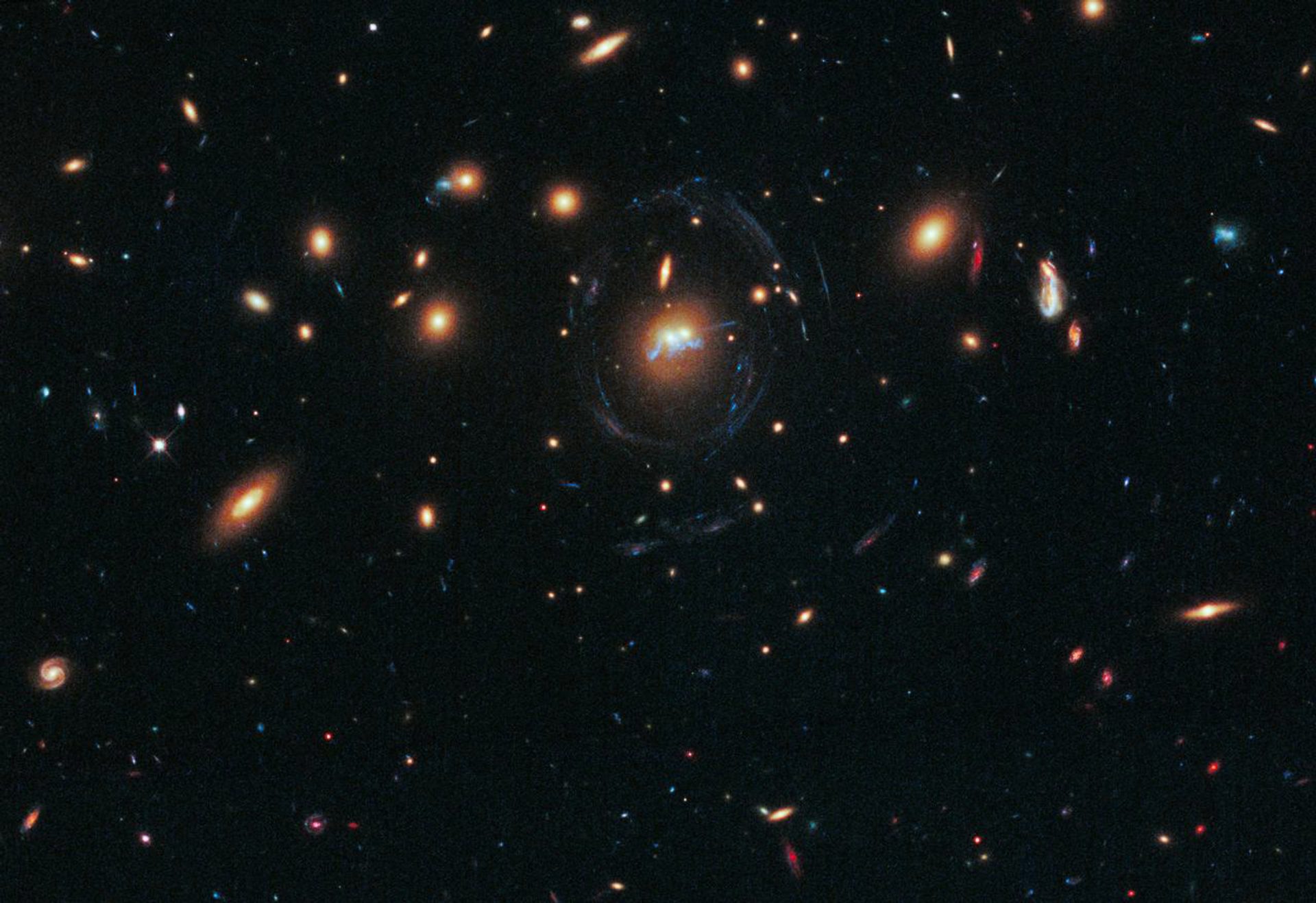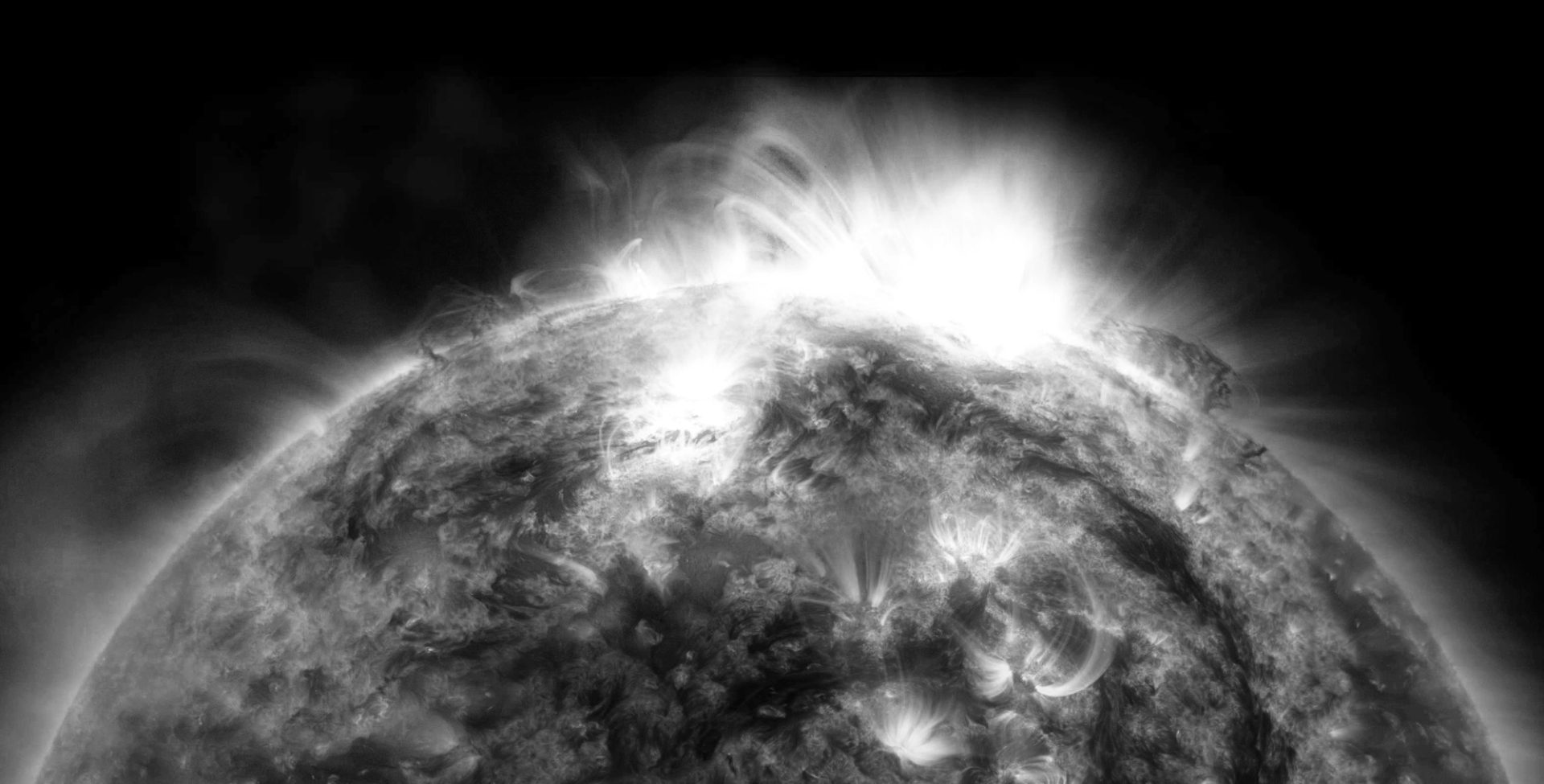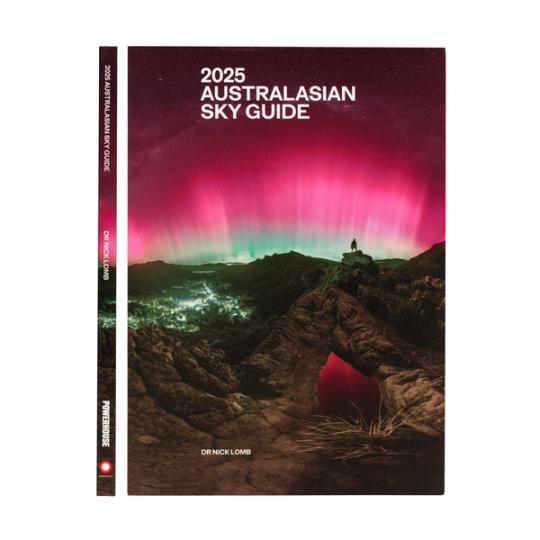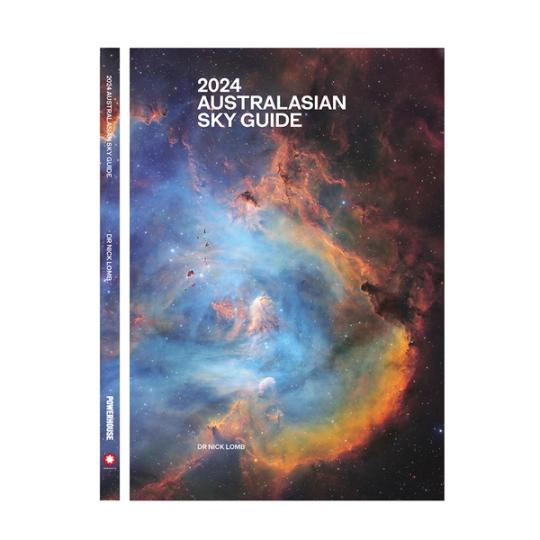Sky Guide June 2025

‘It’s cold outside but arguably the best time of year to enjoy stunning views of the river in the sky, the Milky Way, on a moonless night away from the lights of towns and cities. Join us as we explore the wonders of the southern sky with your guide for this month.’
Moon Phases
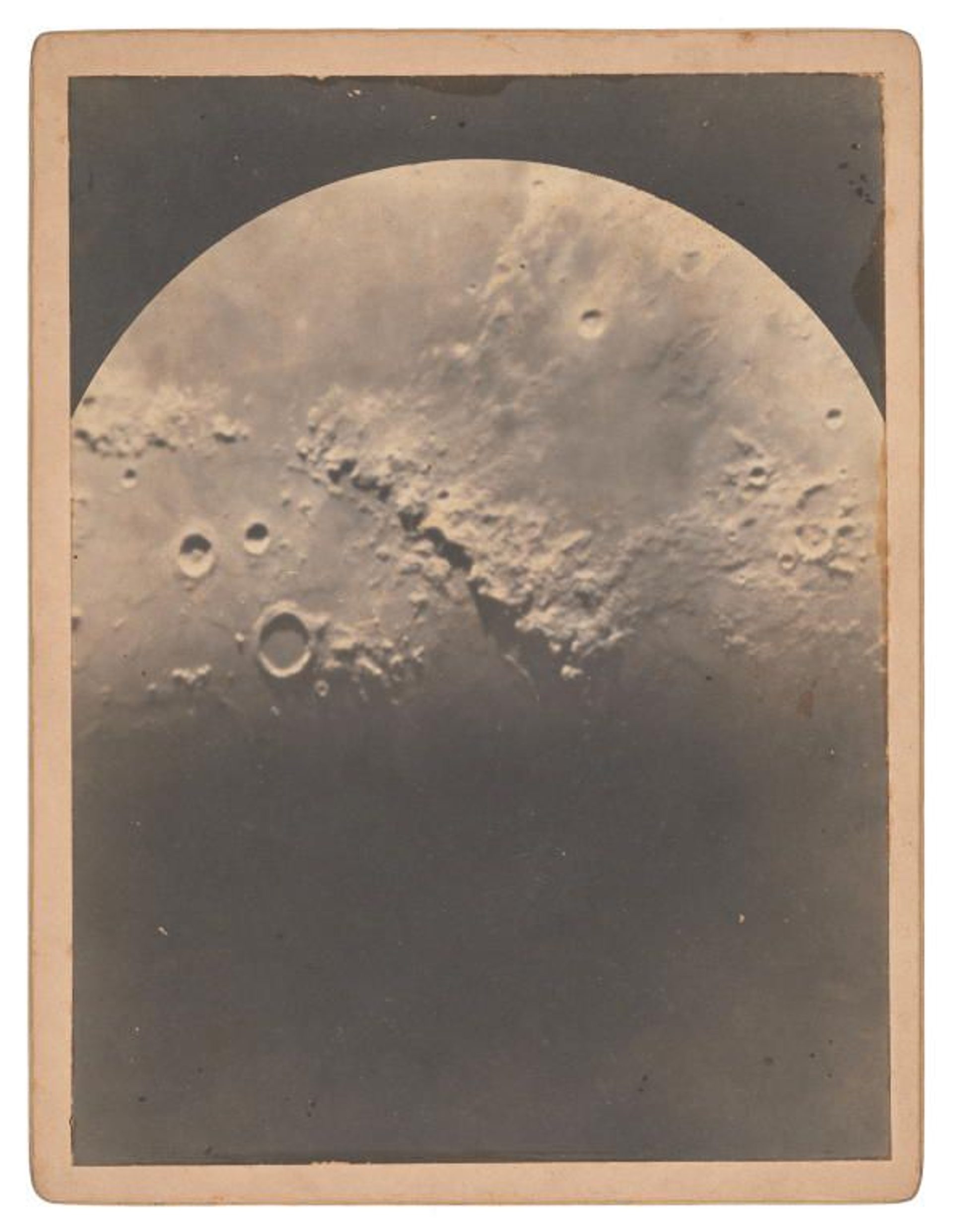
First quarter – Tuesday 3 Jun 1:41 pm AEST
Full Moon – Wednesday 11 June 5:44 pm AEST
Last quarter – Thursday 19 June 5:19 am AEST
New Moon – Wednesday 25 June 8:31 pm AEST
Planets
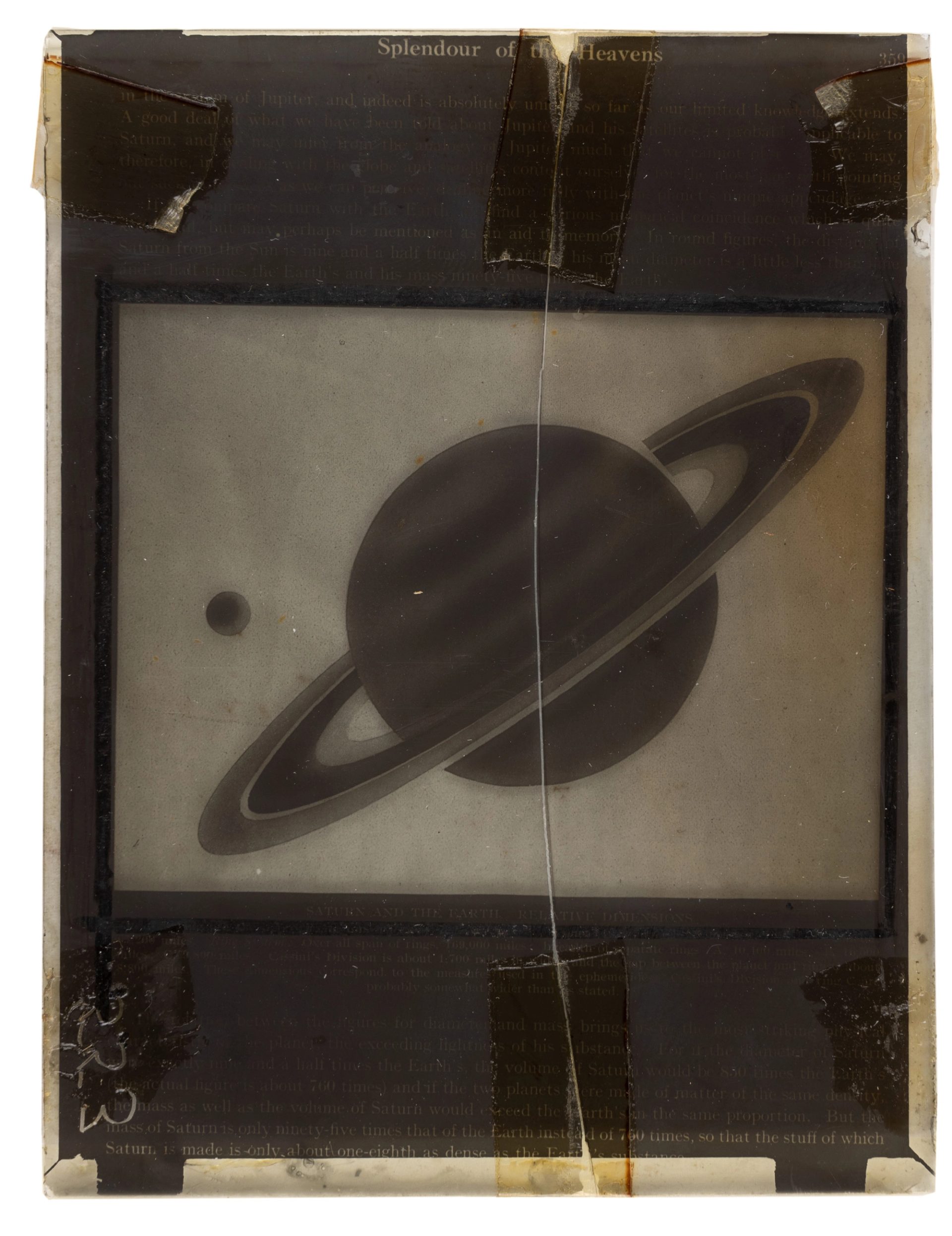
Jupiter is quickly lost but Mercury joins Mars in the evening sky.
EVENING
Mercury appears low in the north-west at the end of the second week of the month. It starts the month in Gemini but moves into Cancer during the last week of the month. On 27 June, a thin crescent Moon is below and to the right or north of Mercury.
Mars is in the north-west in Leo. On 1 June, the crescent Moon is below Mars, while on the next evening it is above, to the right or north and further away from the planet. On 17 and 18 June, Mars passes within one degree, or two moon-widths, of Regulus, the brightest star in Leo. On 29 June, the crescent Moon is below and to the left or west of Mars, while on the next evening the Moon is much closer to the planet, above and to its right or north.
Jupiter is low in the north-west in Taurus at the start of the month but disappears below the horizon after a few days.
MORNING
Venus is in the north-east. It starts the month in Pisces, moves into the non-zodiacal constellation of Cetus, the Whale, during the second week of the month for a day, then into Aries and finally Taurus at the end of the month. On 22 June, the crescent Moon is to the left or north of Venus, while the next morning it is below.
Saturn is in the north in Pisces. On 19 June, the last-quarter Moon is below and to the left or west of Saturn.
Constellations
Constellations are groups of stars that represent mythological figures, fanciful beasts or old scientific instruments. Some have been used for millennia as a tool to share significant cultural stories and to track the passage of the weeks and months. Today they also help astronomers mark out portions of the sky and locate astronomical objects. Those listed below have been selected for their visibility in the evening up to two hours after sunset as seen from the Southern Hemisphere.
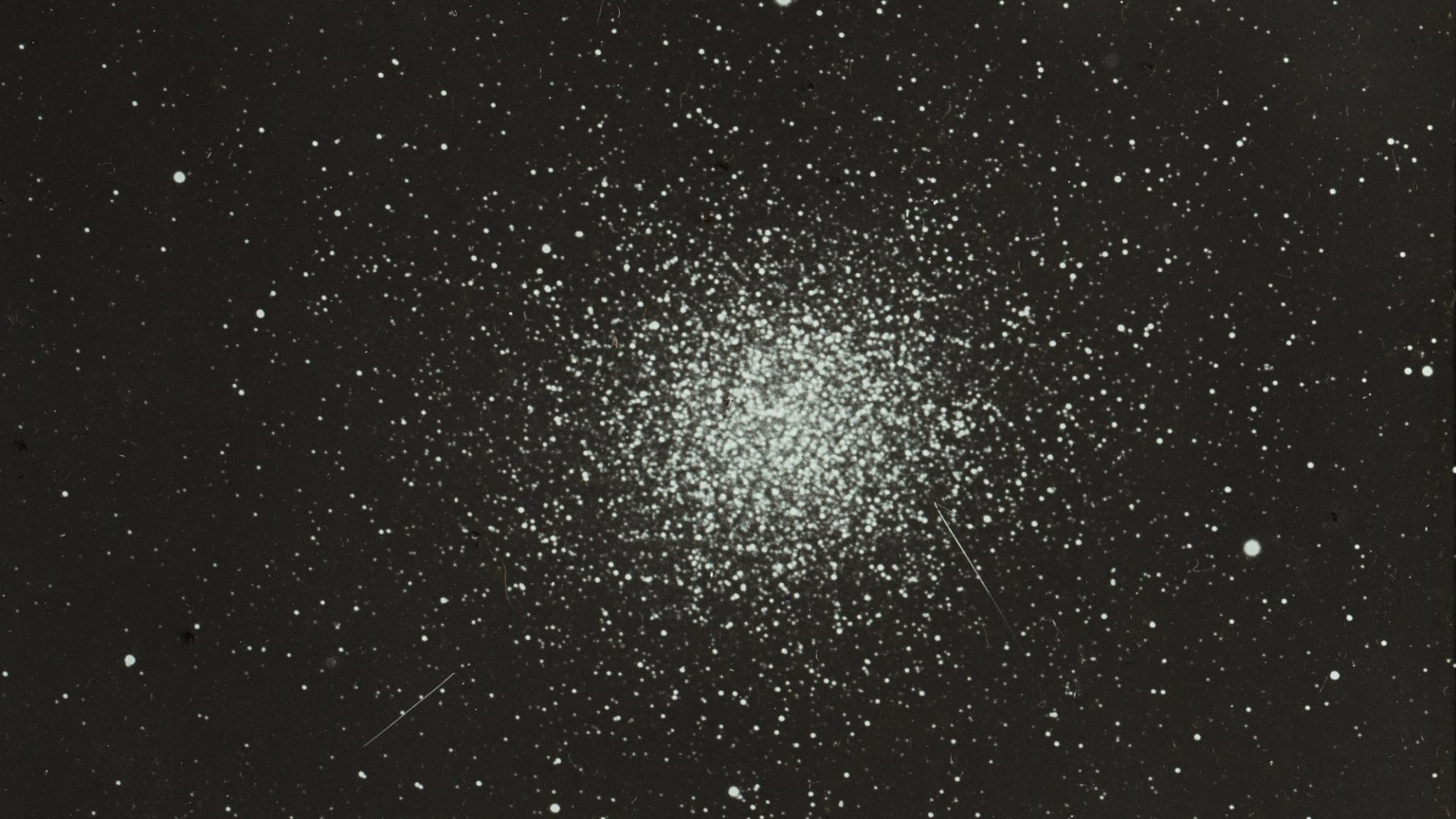
Boötes the herdsman is low in the north and quite unremarkable apart from its brightest star Arcturus, which is the fourth brightest star in the night sky overall and the brightest in the northern sky. Arcturus is only slightly more massive than our Sun, but its advanced evolution has taken it off the Main Sequence to become a bloated giant 25 times bigger and 170 times brighter than the Sun. It has a golden orange hue and is about 37 light years.
Centaurus the half man half horse represents the scholarly Chiron, tutor of many of the Greek gods and heroes including Heracles, Achilles and Jason. Its two brightest stars of Alpha Centauri — the closest star system to the Sun — and Beta Centauri make up the front legs of the centaur. When used with Crux, they help find south. It also contains the most spectacular globular cluster of all: Omega Centauri (NGC 5139). Centaurus was one of the original 48 constellations as mapped by Ptolemy and originally included Crux before the latter was identified separately in the 17th century CE.
Crux or the Southern Cross is the smallest of all 88 western constellations and consists of four bright stars. Along with the nearby pointers of Alpha and Beta Centauri, Crux can be used to find south. Draw an imaginary line from the top of the cross shape though the bottom and across the sky. Midway between the pointers draw a line perpendicular to the line that joins them. Where these two longer lines intersect is close to the southern celestial pole. From this point drop a vertical down to the horizon to locate south. This technique works at any time of the night, any time of the year. The superb open cluster NGC 4755 (Jewel Box) appears very close to the second brightest star, Beta Crucis
Libra has been recognised historically as set of balance scales, the scales of justice, or a part of Scorpius (the scorpion’s claws). However, the Romans returned it to the separate set of scales we are familiar with today. The former association of Libra and Scorpius is reflected in the names of the two brightest stars in Libra: Zubenelgenubi and Zubeneschamali (meaning ‘the southern claw’ and ‘the northern claw’ respectively). Libra is host to the star Gliese 581 — the first star identified with an Earth-like exoplanet.
Scorpius the scorpion is one of the easiest constellations to pick out as it is one of the few that does look like what it’s supposed to represent. It sits in the brightest parts of the Milky Way, with the red supergiant star Antares (meaning ‘Rival of Mars’) marking its heart. From the heart, three stars mark the head and claws while moving the other way we see the body, hooked tail and sting. The scorpion plays a role in many myths; however, it is best known in Greek mythology for its pursuit of Orion through the night sky. Scorpius dominates the sky from June to August when it sits high overhead. It contains the globular cluster M4, the first in which individual stars were resolved, approximately 6000 light years away. It also has two open clusters M6 the Butterfly cluster, which is 100 million years old, and M7 the Ptolemy cluster at just 200 million years old.
Deep sky
Alpha Centauri is a triple star system consisting of Alpha Centauri A and B, and the closest star to our Sun, Proxima Centauri (Alpha Centauri C) at 4.2 light years away. Proxima Centauri is a red dwarf star, only visible through large telescopes, and revolves around the other two stars once every 550,000 years.
NGC 3293 and NGC 3532 are two stunning open clusters in Carina and both excellent targets for binocular and telescope viewing. NGC 3532 was the first target of the Hubble Space Telescope in 1990. It contains around 150 stars thought to be 300 million years old at a distance of 1300 light years. NGC 3293 is much younger with stars between 6 and 20 million years but around 9000 light years away.
The Jewel Box (NGC 4755) is an open star cluster, approximately 10 million years old. It is close to Beta Crucis (Mimosa), the second-brightest star in Crux (Southern Cross). In binoculars and small telescopes it appears as an ‘A’ shape. It is about 20 light years across and contains around 100 stars. One of these is the red super giant DU Crucis, which is around 500 times the diameter of the Sun. The Jewel Box is one of the youngest open clusters in our skies with an estimated age of about 14 million years. It lies at a distance of about 6400 light years.

M4 is the closest globular cluster to Earth at 6000 light years away. M4 is easy to locate, sitting next to the red supergiant star, Antares, in Scorpius. The cluster contains more than 100,000 stars with approximately 40,000 of these being white dwarf stars.
Omega Centauri (NGC 5139) is the brightest and largest of approximately 150 globular clusters orbiting the Milky Way. It is so bright it was labelled as a star on early sky charts by Ptolemy and is one of the few objects in the sky that carries both a star designation and an object catalogue designation. Omega Centauri shines with the luminosity of a million suns and is relatively close to us, only 15,800 light years away. It contains approximately 10 million stars and some theories suggest it could be the remnant core of a galaxy that is merging with the Milky Way.
Special Events
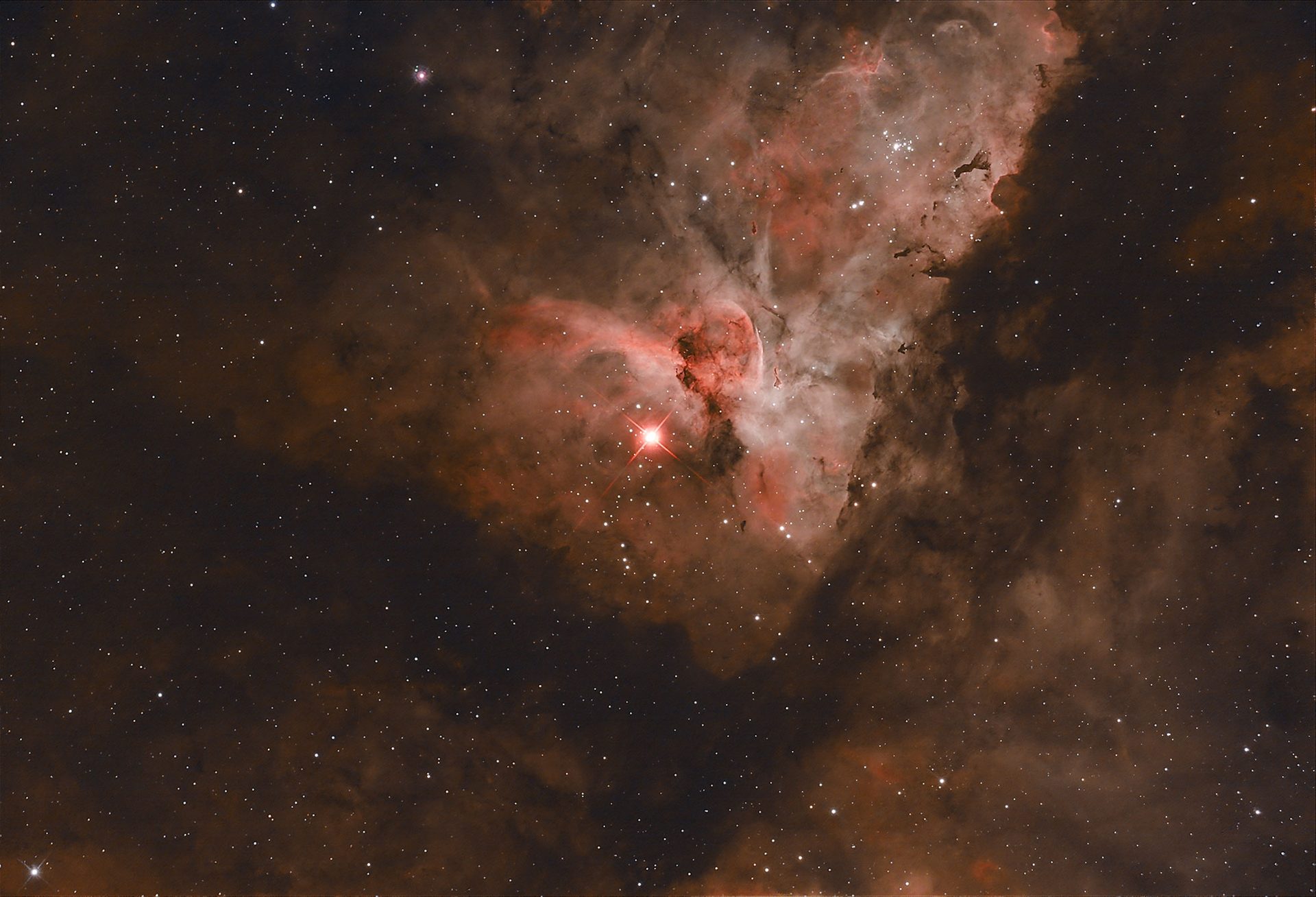
The Winter Solstice in the Southern Hemisphere usually occurs near 21 June. This year it is on Saturday 21 June at 12:42pm AEST. At this time our Sun has reached its most northerly point in the sky. After this, it heads back toward the southern sky. This day also has the least hours of daylight for the year and the longest night. The apparent annual north-south movement of the Sun in the sky is probably the result of an impact by an object called Theia around 4.5 billion years ago. That collision led to the formation of the Moon and left the Earth’s axis tilted by 23.5 degrees. This tilt is the reason for the season and the changing path of the Sun as we see it.

Shop

Sydney Observatory
Open for pre-booked tours, located on Gadigal land, a national place of connection and scientific research. The site is undergoing heritage conservation works.



